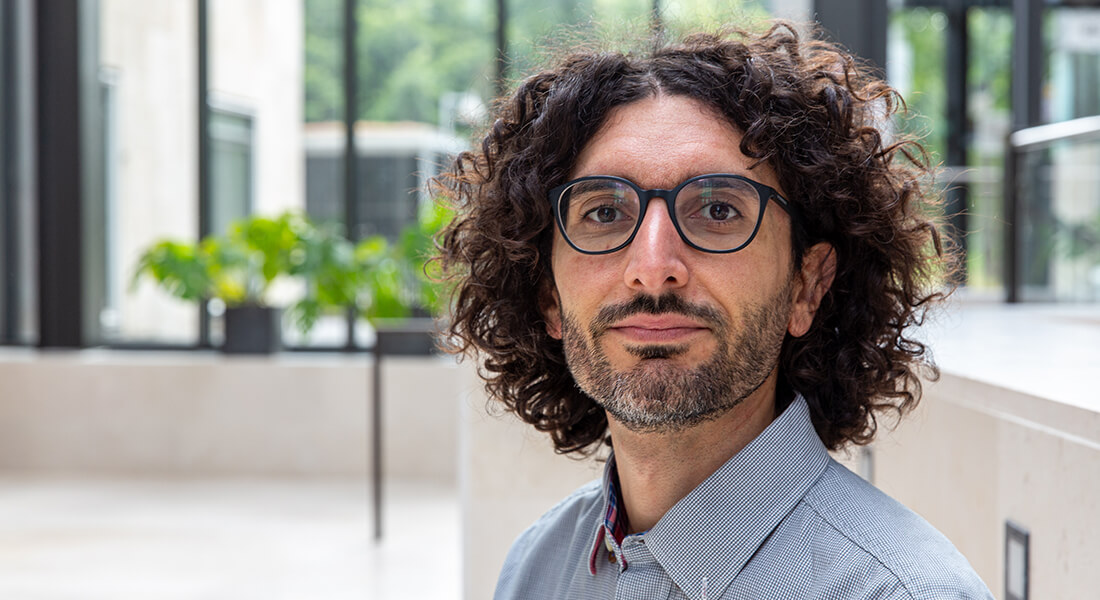The proteins of Parkinson’s disease – a new project will give us a better understanding
Associate Professor Vito Foderà has received 2 mill DKK from Novo Nordisk Foundation for the project “Real-time Investigation of Protein Phase Separation and Amyloid Transition in Complex Environments”, a project that will provide new insights into the formation and development of aggregated proteins in complex biological environments, and in the end hopefully pave the way for new treatments of Parkinson’s disease.

On receiving the grant, Vito Foderà says, “I am extremely pleased for the grant, since it will be a fundamental building block for the future activities in the group. The successful realization of the project will indeed add an extra approach to our experimental toolbox for studying protein stability and aggregation. This will open new opportunities for large screening of effective drugs.”
A better understanding of aggregated proteins can make way for more efficient therapies
Several neurodegenerative diseases are characterised by the presence in the brain of the so-called amyloid fibrils, which consist of aggregated proteins. Limited information is available on the physics and chemistry principles ruling the initial stages of the
aggregation process. Several proteins found in amyloid fibrils undergo a process called liquid-liquid phase separation (LLPS), resulting in the formation of a protein dense phase.
The interactions between proteins leading to LLPS and the effect of the complex biological environment are unknown. This project aims to investigate the mechanisms for LLPS occurrence for a protein named alpha-synuclein, involved in the onset and progression of Parkinson´s disease.
When asked how they will investigate the mechanisms, Vito Foderà explains:
“We will establish a time-resolved approach based on X-ray scattering and microfluidics technology to capture the early events of the phase separation and identify the physics laws ruling the process. We will study the LLPS in rationally designed complex environments including, e.g. DNA and RNA molecules.
Our project has the potential of delivering a unique framework for understanding the fundamental mechanisms behind protein self-assembly in biological settings, having an impact on the design of effective therapies against amyloid-related diseases.”
About the project
The project will run from January 2024 to December 2025, and the work will be performed by a PostDoc in collaboration with the MAXIV Laboratory in Lund, specifically the Co-SAXS beamline. The project will involve the support of Dr. Ann Terry and Dr. Fátima Herranz from the Co-SAXS beamline in Lund (Sweden).
